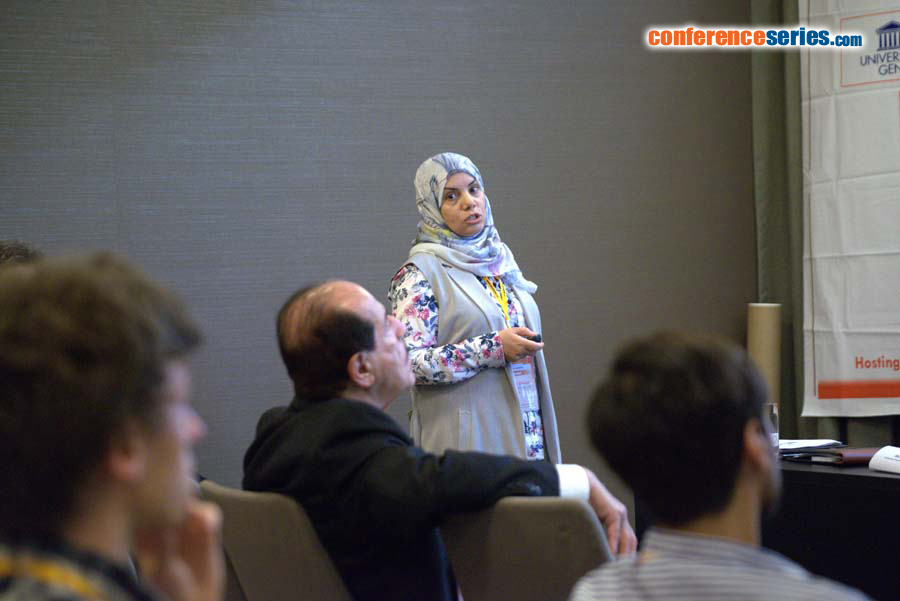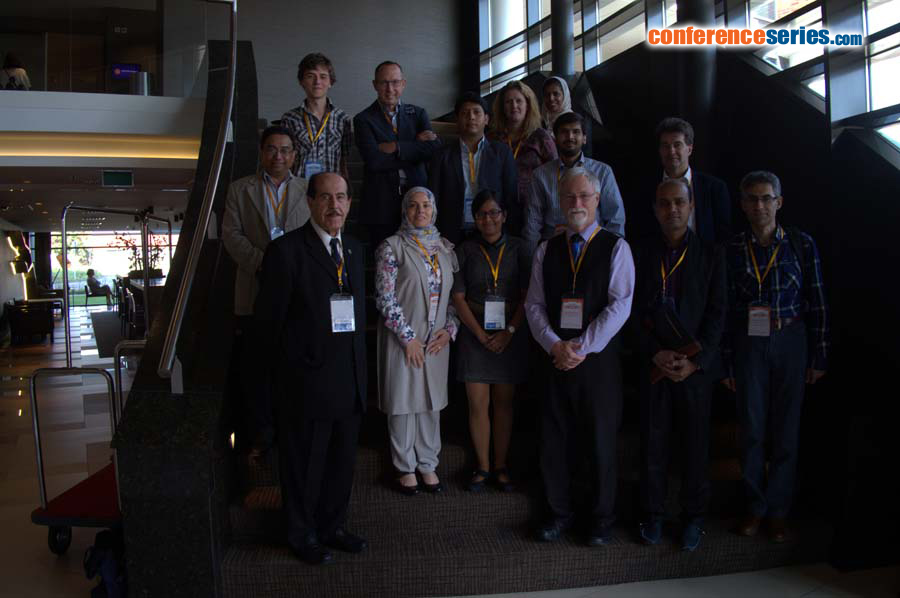Noufa Alonazi
Prince Sultan Military Medical City, Saudi Arabia
Title: Griscelli syndrome Type 3: Novel mutation, a case Report from Saudi Arabia
Biography
Biography: Noufa Alonazi
Abstract
Griscelli syndrome (GS) is a rare autosomal recessive disorder, first described by Griscelli in 1978 as partial albinism with cellular immunodeficiency characterized by a silver-gray sheen of the hair and the presence of large clusters of pigment in the hair shaft and the occurrence of either a primary neurological impairment or a severe immunological disorder. Immunodeficiency leads to frequent pyogenic infections and episodes of acute fever, neutropenia and thrombocytopenia, pigmentary dilution of hair, hypogammaglobulinemia and deficient antibody production. Three types of this disorder are distinguished by its genetic cause and pattern of signs and symptoms. GS type 1 is caused by mutation in the MYO5A gene, causing severe primary neurological impairment such as developmental delay and mental retardation, in addition to the distinctive skin and hair coloring. Affected individual may have intellectual disability, seizures and weak muscle tone (hypotonia) eye and vision abnormalities. Patients with GS type 2 caused by mutation in RAB27A gene, associated with a primary immunodeficiency due to an impairment of T cell and natural killer cytotoxic activity which leads to susceptibility to recurrent infections. They also develop an immune condition called hemophagocytic lymphohistiocytosis (HLH), in which the immune system produces too many activated immune cells called T-lymphocytes and macrophages (histiocytes). Over-activity of these cells can damage organs and tissues throughout the body, causing life threatening complications if the condition is untreated. Patients with GS type 2 do not have the neurological abnormalities like type 1. Light skin and hair coloring are the only features of GS type 3. People with this form of the disorder do not have neurological abnormalities or immune system problems. Light microscopy examination of the hair shaft is an easy way to diagnose GS, typically with a large cluster of pigment unevenly distributed in the hair shaft predominantly in the medulla. Electron microscopy of skin biopsy shows massive accumulation of mature Melanosomes within the melanocytes of the skin, contrasting with spare pigment in the adjacent keratinocytes. Prevalence of GS is unknown in Saudi Arabia; type 2 appears to be the most common of the three known types. GS type 1 and 2 are reported in the literature however GS type 3 from Saudi Arabia is rarely reported. Here we are reporting a case of GS type 3 from KSA.




